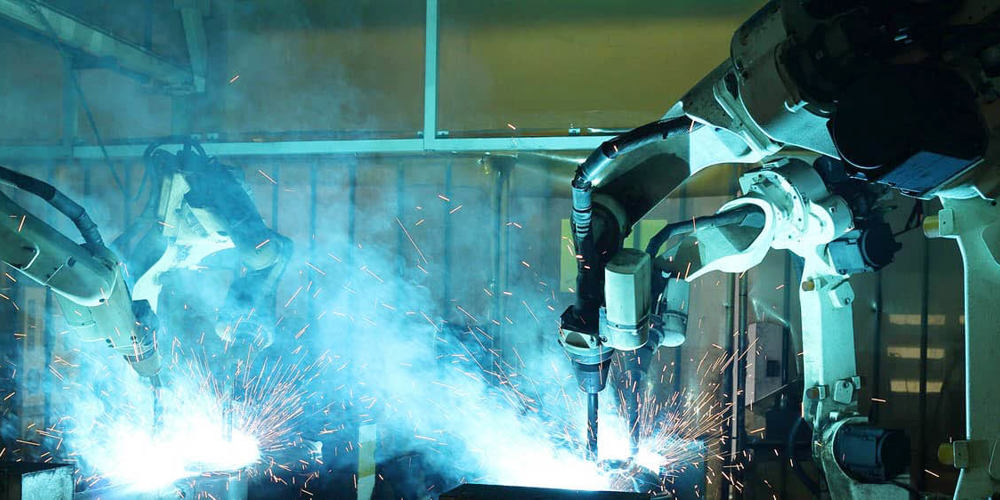During a six-month period, a company that produced iron powder for use in manufacturing metal parts had a series of three flash fires and deflagrations, the first two involving powdered iron and the third involving hydrogen gas and powdered iron. These incidents resulted in a total of 5 fatalities and injuries to several additional personnel.
The plant operated by reducing iron oxide to elemental iron in furnaces with a hydrogen atmosphere and fired by natural gas. The iron is then milled to a fine powder.
The first incident occurred when maintenance personnel were adjusting a bucket elevator at the end of one of the furnaces. As part of the adjustment, they requested that the line operator jog the elevator. When this occurred, iron powder was suspended in the air and ignited. Both operators were severely burned and subsequently died from their injuries.
The second incident occurred when maintenance personnel were performing maintenance on a burner for one of the furnaces. While attempting to reconnect a natural gas hose on the burner, they banged on the hose connection with a hammer. Dust that had collected on the furnace was lofted into the air by the impact from the hammer, then ignited by an adjacent burner. One of the workers was engulfed by the ensuing fireball.
The third incident occurred when operators heard gas leaking in a drainage trench under the furnaces. While maintenance personnel were removing trench covers to investigate the source of the leak, fugitive hydrogen gas ignited. Iron powder that had accumulated on nearby surfaces was lofted by the rapid deflagration of the gas cloud, and also ignited. The fireball fatally injured three employees.
ESi was retained to investigate the origin and cause of each incident.
Scope of Work:
Finely divided combustible dust can create fire or explosion risks when suspended in air at certain concentrations. These dust particles may cause initial fireballs and subsequent fires or explosions, spreading throughout a facility. The investigation included site visits where the equipment involved was examined, employees and witnesses were interviewed, and iron powder samples were collected. The sample taken was subjected to a screening test to determine combustibility. ESi’s testing showed that the powder was combustible, with a slow burning velocity. These findings were consistent with eyewitness observation that in each incident, dust clouds at the plant ignited but did not result in additional dust being lofted, so the fire did not propagate throughout the plant.
Results:
ESi investigated the incidents, identifying in each case how the dust was lofted or how the gas leak occurred, and how the dust and gas were ignited. Inadequate cleaning of fugitive iron powder and inadequate maintenance of equipment contributed to the cause and the severity of the incidents. The company responded by retaining ESi to audit each of their plants to identify equipment or hazardous conditions that needed repair or other rectification. ESi’s audit identified numerous items at each plant that required attention. ESi also recommended that the company redo a hazard analysis and consider improving their equipment design, safety systems, and procedures.
Summary:
A plant that produced iron powder for use in manufacturing metal parts had a series of three flash fires and deflagrations within a 6-month period, resulting in five fatalities. ESi was retained by the company to investigate each incident. In each case, ESi was able to identify the fuel for the flash fires (fugitive iron dust and leaking hydrogen), the likely ignition source, and the scenario that resulted in the flash fire or deflagration. As a result of ESi’s investigation, the company asked ESi to perform an audit of their remaining plants to identify unsafe conditions and recommend corrections or repairs to eliminate or control hazardous conditions found.


